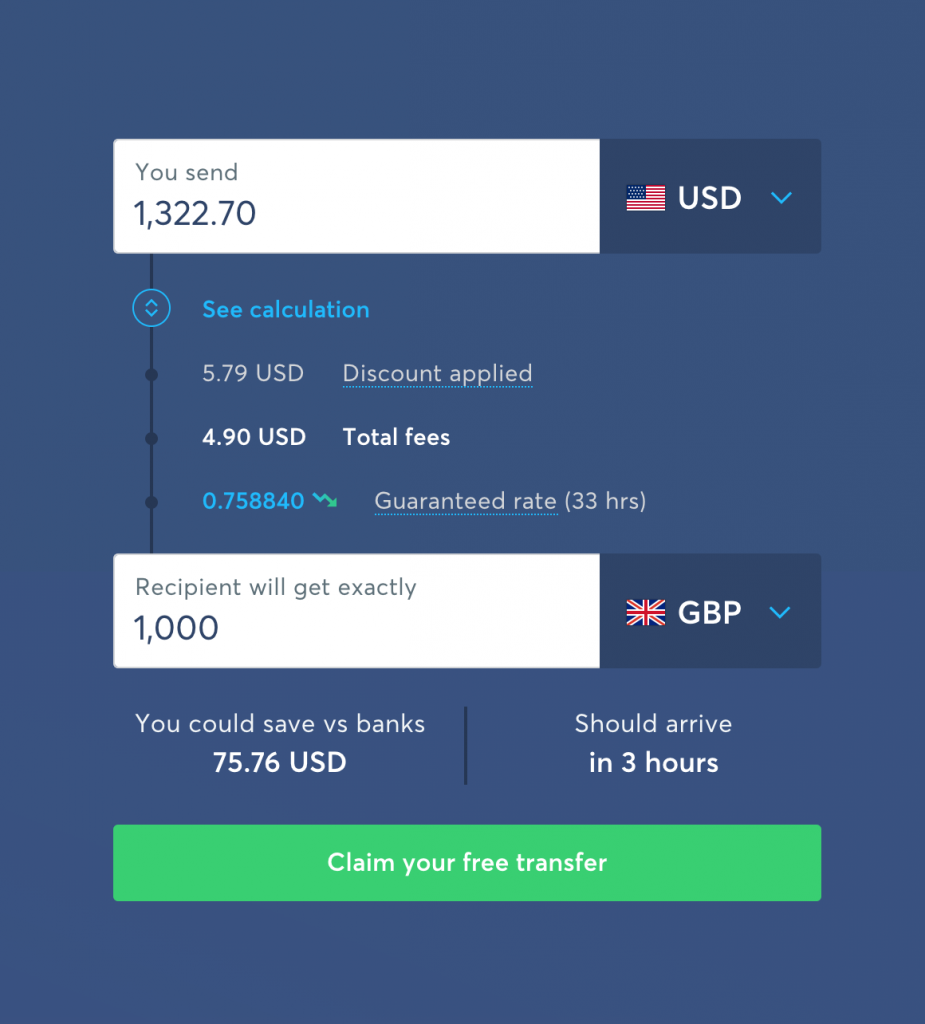Freelancing with clients abroad, finance, charging VAT and what to consider

Generally speaking a lot (if not all) of my website enquiries have been based within the UK, but just recently I have focussed on creating more blog content and I seem to have reached out to more clients from abroad – ‘This is a good thing’ I hear you say and it is, but there are a few considerations to think of when working with new clients that are overseas.
Check the VAT situation
The first thing to think about is do I charge VAT differently in certain countries and how does it affect my VAT returns? It’s best to give it a quick Google search and then double check with your potential client when engaging with them for the first time. If you supply services to a business customer in the EU, you don’t need to charge VAT – the customer is responsible for paying VAT in their country.
Things to note for the UK VAT return
There are two boxes on the VAT return that relate to the sale of goods: box 6 and box 8. The box 6 entry relates to worldwide sales made by the business for both goods and services, but box 8 is only relevant if a business sells goods that are sent to EU countries. HMRC will send you an EC Sales List for services supplied to EU countries, you’ll just need to get the company’s VAT number to complete the form and send it back. In other counties like the US where VAT is not being charged, the net value of the sale must still be reported on the UK VAT return in box 6. It should not be included on the EC Sales List. If the UK business accounts for VAT on the Flat Rate Scheme, it must include the value of the export in the turnover on which the Flat Rate VAT is paid (this means that percentage of turnover is subject to UK VAT even though you didn’t charge it to the client).
Quote in your local currency and use TransferWise
Make sure you quote in your local currency (£) and specify that the client is responsible for any international transfer fees or conversions. I recently did some work for a Danish company and everything went smoothly with no bank charge deductions. I then connected with a US company and realised once I received a wire transfer that a large amount was deducted from the amount on my invoice.
The client had no idea what I would receive after deductions so I proposed to use a really nice tool called TransferWise who are on a mission to bring transparency to finance charging as little as possible and will always show what you’ll pay upfront with no hidden fees or bad exchange rates.
A TransferWise account allows your client to pay you like you’re a local. In seconds, you can set up a ‘local’ account that gives you native bank credentials that your clients can use, this acts like a borderless account without the markup that banks add on. If you’re not signed up you can use this link to get your first international transfer FREE (of up £500) and I’ll earn a little commission from it too.

Establish a way of working and a few final points
Once you’re set up from a financial point of view you’ll need to make sure how and when you’ll communicate, if this is working with the US you’ll tend to speak more on an evening – so prioritise your schedule with this in mind. Always ask for a deposit just like you should normally to protect your cashflow and income and state your terms of business right from the start.
Since the ‘New norm of Covid-19’ focus has been put on remote working so now is a really good time to open up to the opportunity of working with businesses globally and expanding your network where possible.
I hope this article has helped anyone that may have any uncertainty when working with clients abroad as these are just some of my early observations and I will continue to give more advice as I grow my connections.



